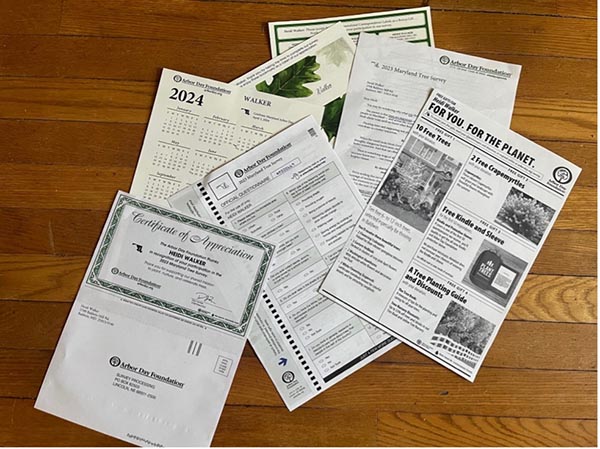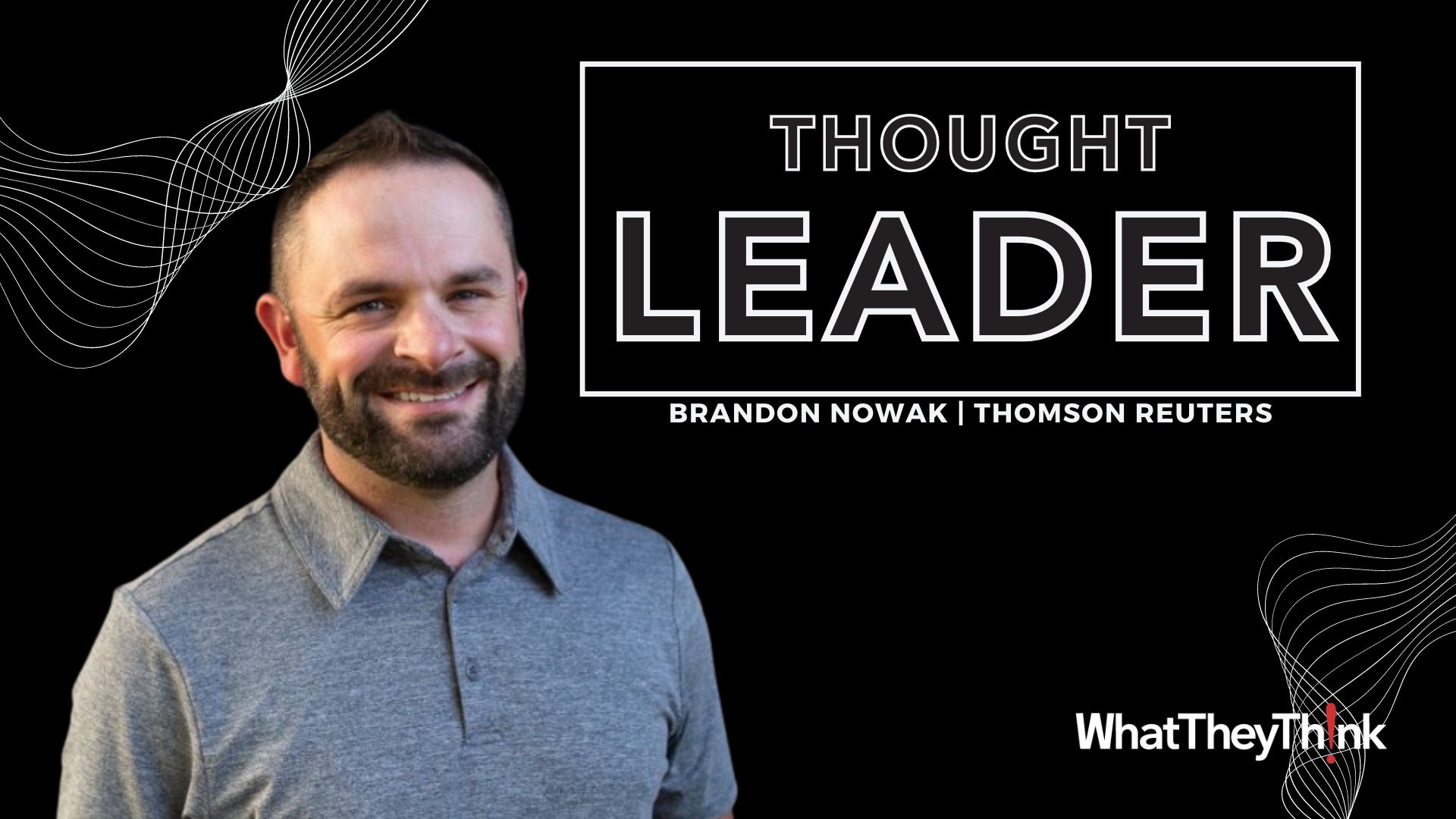Want to draw people into a marketing pitch in a way that gets under the radar? Try the survey that’s not really a survey. We see this a lot in political campaigns right now. Whether you sit on the left or the right, those texts keep coming. “Please tell us. Who do you plan to vote for in November?” Or, “What are the most important issues to you right now?” But you can’t submit the survey without giving a donation, which is what the survey was really all about.
From a political campaign, this type of bait and switch is particularly annoying (and both sides do it), but there are softer approaches that are highly effective, too. One of the best at doing this is The Arbor Day Foundation. Not only does the nonprofit make highly effective use of surveys to gradually walk the recipient through the stages toward donation, but it uses a multi-piece packet that is a real boon to the printer.
So how do they do it?
The Arbor Day Foundation’s Opinion-Crafting Approach
The Arbor Day Foundation starts with that official mailer that looks like a government document. The “official” state seal, the barcodes, the participant number, and the CTA: “OPEN IMMEDIATELY: RETURN SURVEY IN THE ENCLOSED ENVELOPE IN THE NEXT 10 DAYS.”

Then there is the personalized salutation: “[Recipient’s name], you have been selected as part of a representative sampling of [state] residents to participate in this year’s survey. To thank you for your input, I’ve enclosed an offer for 4 free gifts.”
Even for those of us who know exactly what we’re looking at, it’s hard not to at least open it. (After all, they put in so much effort..) For those not in the printing and mailing industry, it’s even more so.
Next in the kit is the printout of all of the free gifts—“with donation,” of course. (Free, not free.)
Then comes the survey. At first, it looks like any other survey: “For the use of [recipient] only.” But the questions aren’t designed for the Arbor Day Foundation to learn anything. They are designed to create an emotional response from the person filling it out:
- “Have you ever climbed a tree?”
- “When you were a child did you ever play under or amongst the trees?”
- “Which one of the following would you say is the single most important function of trees?” (with the options designed to educate recipients about all of the functions that trees provide, such as filtering water and removing carbon dioxide to slow climate change).
- “Do you have a bird feeder near your home?”
All of the questions have a clear purpose: to remind recipients of the value of trees in their lives—past, present, and future. Oh, yeah. I’d forgotten about all those times my grandmother and I used to sit under the tree in the backyard and sip lemonade…

The rest of the packet has the requisite Arbor Day Foundation calendar, a fundraising letter with “2023 Maryland [or other state] Tree Survey” at the top (in case you forgot that it was a survey and not a fundraiser), the personalized bookmarks, the personalized address labels, and the Certificate of Appreciation with the official Arbor Day Foundation seal. Oh, gosh. They sent me a certificate of appreciation. And look at everything else they gave me. I guess I’d better do at least something.
If the Arbor Day Foundation forgot a response technique, it would be hard to figure out what it is.
What’s the Harm in a Survey?
But what’s most compelling is that survey. Unlike other multi-page direct sell packets, the survey stands out as the most powerful marketing tool. After all, it’s so innocent. What’s the harm in filling out a survey? Everyone likes when people ask their opinions. Everyone wants to feel that their opinion is valued. But as those questions are asked, the recipient is being guided to a conclusion that the marketer is wanting them to achieve:
- Trees have played an important role in my life.
- Where would I be without trees?
- Trees are in danger.
- I need to donate to ensure that trees will be here for future generations to enjoy.
We see the same technique used in political “surveys”: How important is it to protect America from dangerous MAGA extremists/radical leftist liberals? What are the most important issues to you right now: illegal immigrants flooding across the border, rising crime rates, and opening the floodgates of fentanyl/MAGA extremists taking away fundamental voting rights and undermining the Constitution?
The language in those surveys is not designed to gather objective opinions. It’s to mold those opinions through careful wording. Not that the Arbor Day Foundation would like to be lumped together with political operatives of any stripe, but in some ways, they are using the same techniques.
Another “survey that isn’t really a survey” tactic is the “what are your favorite features of this [fill in the blank product]?” Do you prefer this color or that? This feature or the other? By the time you’ve gone through the entire feature list, choosing your favorites and designing your perfect whatever-it-is, you are emotionally invested in it. What do you think this does to the chances of you purchasing this product down the road?
Leading surveys can get results, but they must be done carefully, too. Not every marketer or brand can get away with it. Where do you see the value of opinion-crafting surveys? Which brands/companies do feel have done this particularly well and why?










Discussion
By Patrick Whelan on Apr 17, 2024
My opinion only...I'm tired of being surveyed.
Discussion
Join the discussion Sign In or Become a Member, doing so is simple and free